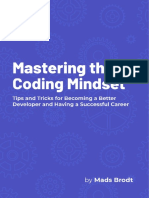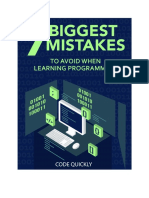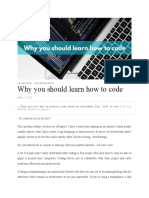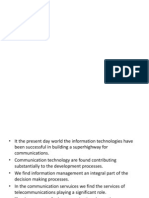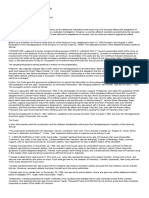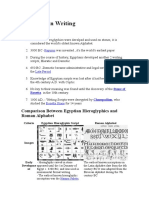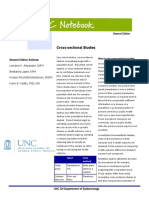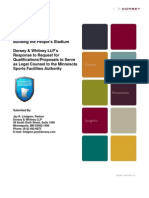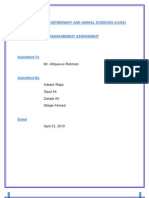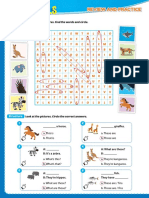0% found this document useful (0 votes)
21 views23 pagesBestcodingpractice
The document provides a guide for learning to code effectively, emphasizing the importance of regular practice, working on personal projects, and understanding the code being written. It debunks the myth of a 'perfect' programming language, encourages learners to embrace their lack of knowledge, and suggests using existing code as a learning tool. The author also highlights the value of seeking help and resources, such as StackOverflow, while developing coding skills.
Uploaded by
tsedemondachoCopyright
© © All Rights Reserved
We take content rights seriously. If you suspect this is your content, claim it here.
Available Formats
Download as PDF, TXT or read online on Scribd
0% found this document useful (0 votes)
21 views23 pagesBestcodingpractice
The document provides a guide for learning to code effectively, emphasizing the importance of regular practice, working on personal projects, and understanding the code being written. It debunks the myth of a 'perfect' programming language, encourages learners to embrace their lack of knowledge, and suggests using existing code as a learning tool. The author also highlights the value of seeking help and resources, such as StackOverflow, while developing coding skills.
Uploaded by
tsedemondachoCopyright
© © All Rights Reserved
We take content rights seriously. If you suspect this is your content, claim it here.
Available Formats
Download as PDF, TXT or read online on Scribd
/ 23












